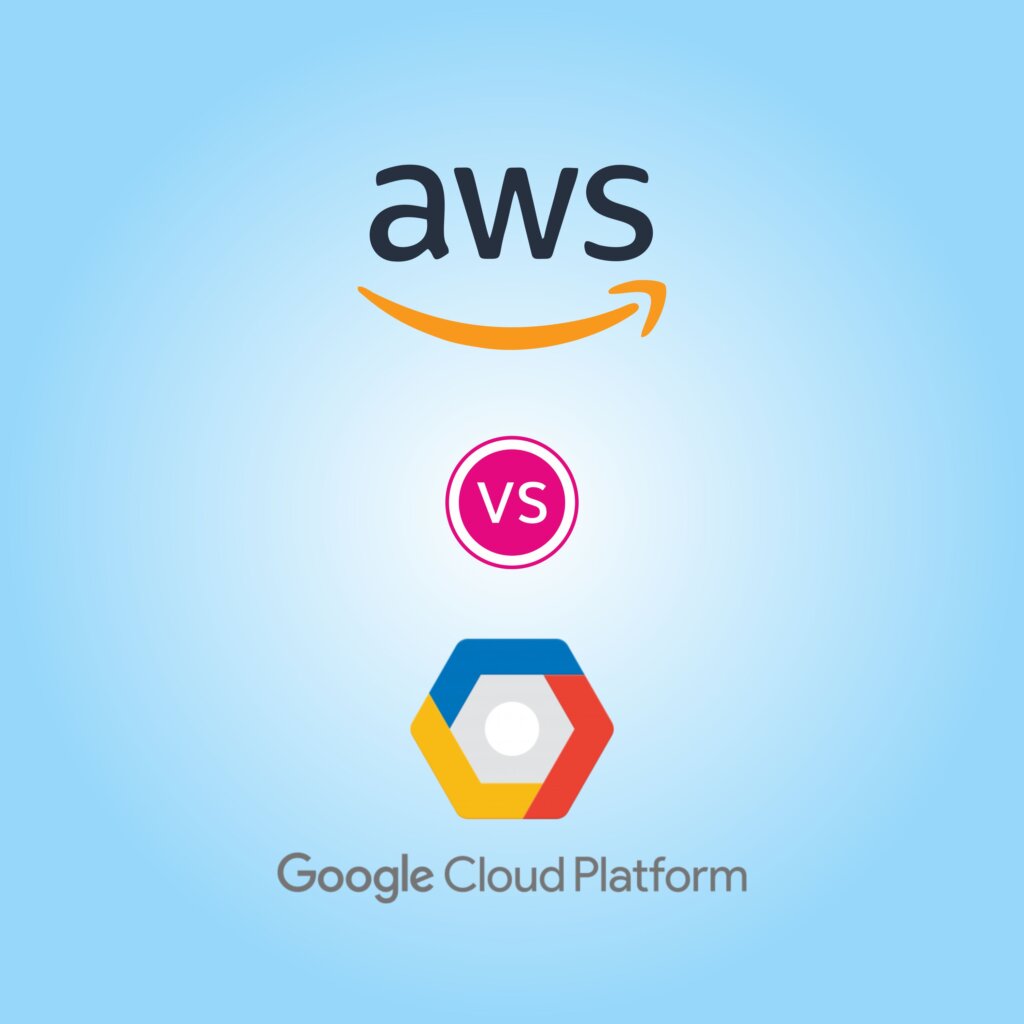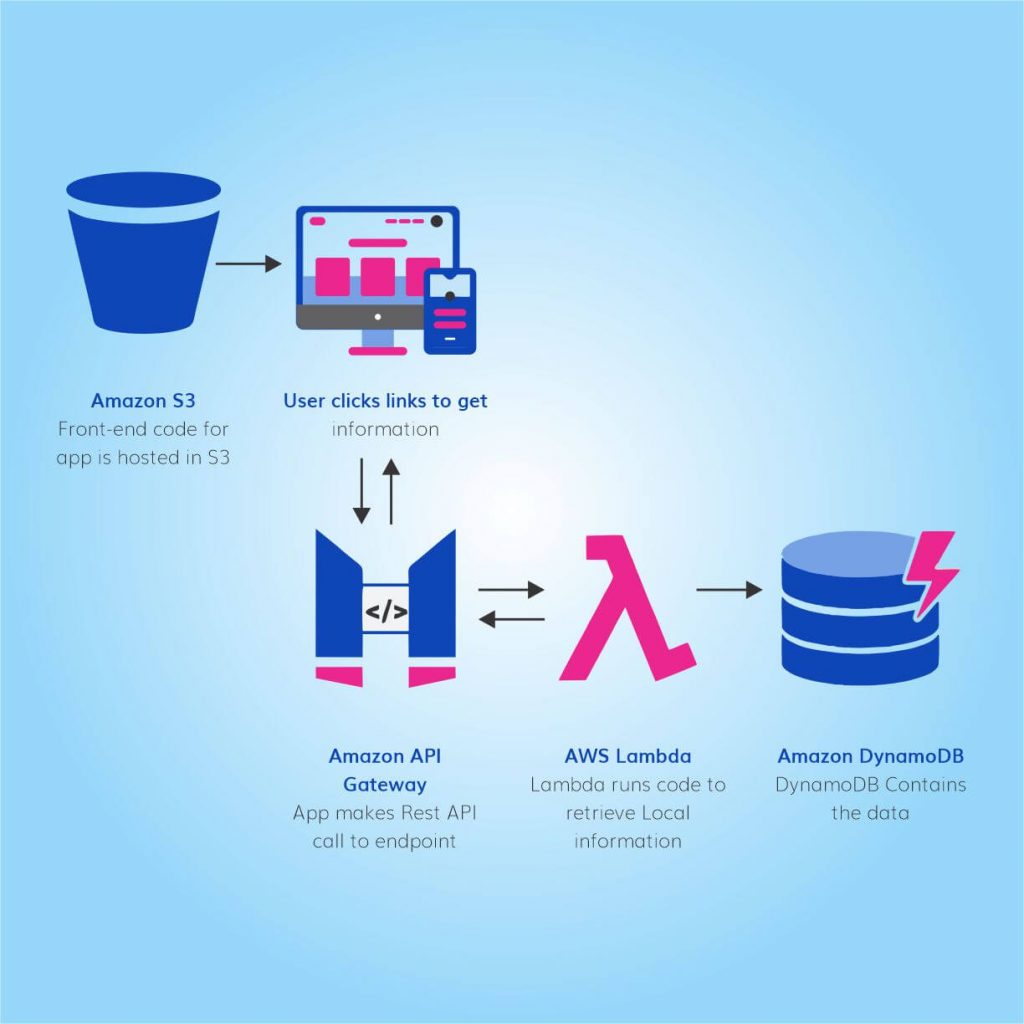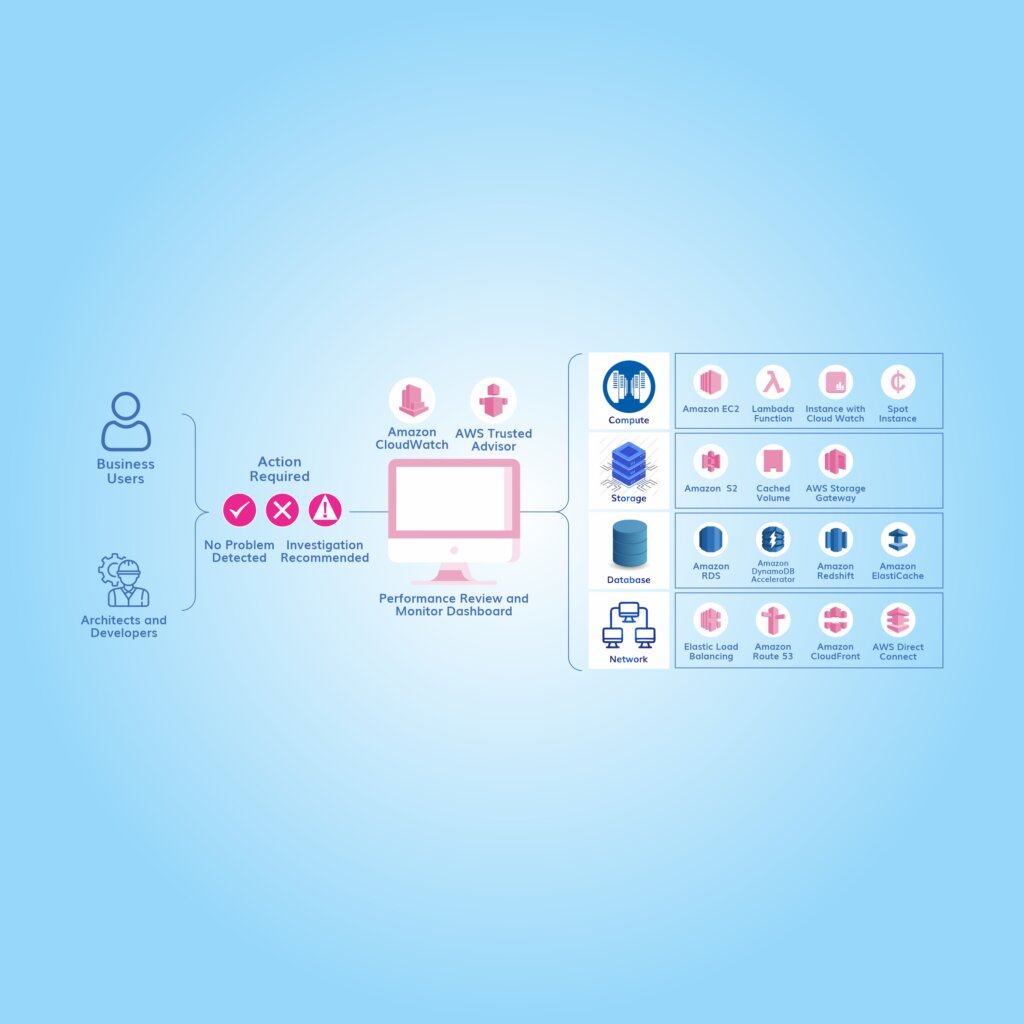AI, ML, Big Data, Data Mining, and Predictive Analysis – Know What Sets Each of Them Apart
Anyone engaged with data, directly or indirectly, must have come across terms like data science, big data, machine learning, and artificial intelligence. On getting deeper into the subject, you may come across phrases like predictive analysis and data mining too.
These terms have become synonyms of data and are used widely everywhere where there is data, and its effective usage is expected.
Do all these terms mean the same?
How do they differ from each other?
Knowing the answer to all the above questions is imperative if one seeks efficacious, prudent, and result-driven data usage.
Explaining to you the difference between artificial intelligence, machine learning, big data analytics, and ML clearly, this post will bring better clarity over this topic.
Before we delve any deeper, let’s figure out the meaning of these terms.
-
AI or Artificial Intelligence
The core of almost every technologically-advanced tool/resource, AI or Artificial Intelligence, is the ability to make sense out of available data. Imparted to computers, AI is what makes computers understand data, learn from it, drive output, and decide what to do and what’s not.
Other than this, it’s also the aptitude to use computers and other machines to adjust their knowledge to comprehend newly inserted information. Behind all of this, a high-end mathematical algorithm working allows computers to relate with different information.
-
ML or Machine Learning
Implementation of AI, ML, or Machine Learning is the process of making a machine learn from the inserted or commanded data and apply the earned understanding to the system so that an action takes place. AI and ML co-exist. ML exists in various categories such as supervised learning, non-supervised learning, semi-supervised learning, and reinforced machine learning.
This distinction is based on whether or not the user has guided the machine regarding the input and outputs. Using algorithms like simple linear regression, polynomial regression, support vector regression, decision tree regression, and random forest regression, the machine accepts the training set data and learns from it.
-
Big Data
As the name suggests, big data is data in huge amounts. Data, coming from a new source, in huge amounts, enormous variety, and great velocity is referred to as big data.
Big data is useful for organizations in multiple ways. It grants better insights to complex answers, more possibilities for deeper insights into business processes, and more awareness is awarded.
However, it takes a lot to make sense out of available big data as the three Vs. of big data, volume, variety, and velocity need to be tackled appropriately.
-
Data Mining
Also known as Knowledge Discovery Process, data mining is a part of data science used to figure out the dataset properties. Huge data sets collected from data warehouses, complex datasets, RDMS, and many others are mined to derive a sensible correlation and relationship between included data items.
The process helps businesses to make data-driven decisions and improve insights.
-
Predictive Analysis
A category of advanced analytics, predictive analysis enables end-users to analyze data in a way that market/business-related predictions are made. The process is extensive and takes the help of multiple statistical techniques such as ML, predictive modeling, and data mining.
With the help of predictive analytics, it’s easy to predict an unseen event, behavior, and workflow process based upon past data and actions.
With this prediction, businesses can devise workflow strategies, organizational goals, and various other key aspects. Predictive analytics’ most common use cases are predicting employee and customer churn, market trends, sales forecasting, and tracking customer journey.
The blend of Big data, artificial intelligence, machine learning, etc., can help you in predictive analysis and deployment of better data protection too.
Quick and Crisp Comparison
Now that the basic definition of all these terms is clear, it’s time to have a crisp comparison. See big data vs. machine learning vs. artificial intelligence vs. data mining vs. predictive analysis details below:
| Artificial Intelligence | Machine Learning | Big Data | Data Mining | Predictive Analysis | |
|---|---|---|---|---|---|
| Scope | Every situation where human intelligence should be emulated has scope for AI | It’s used to allow a machine make predictions based on past events | Big data is essential for improved decision-making as huge data set means more opportunities | It’s used to find out how different data attributes are related to each other | It’s used to make organizations more aware, avoid risks, and improve efficiency |
| Use cases | Used everywhere where data is concerned | Commonly used in marketing, sales, and finance aspects of businesses | Used in industries like healthcare and automotive where product/service delivery is done at large | Used commonly in researched fields like text mining and fraud detection | Predictive analysis is very useful in marketing analysis, customer journey, sales, and pricing |
| Concept | The key concept behind AI is, copying the human intelligence and automating it completely | The basic concept here is to make the machine learn from existing data to use data | The key concept here is to have huge data to inherit better understanding | The workable concept here is extracting information to predict trends | Here, the concept is using past data to make future predictions |
Ending Notes
Dealing with data is not an easy job. Despite that, one should ignore its power and should inherit every possible intelligence/expertise required for effective and result-driven data handling. AI, predictive analysis, big data, Data mining, and machine learning are some of the most commonly used techniques to make sense out of available data. This is why understanding the key differences become crucial.
Of course, it’s too overwhelming for all of us. Hence, businesses must take the help of a data expert like TechnoSIP, skilled in all data handling techniques. Having all these data-related assistances under the same roof will save a huge deal of time and effort for you.
Technosip Inc team of experts in the field of Artificial Intelligence, Big Data and Data Mining, Predictive Analytics, Semantic Search, Voice Driven Search, Natural Language Processing, intelligent models, and algorithms will help you solve the real-world problem that will help you improve your business bottom line substantially and provide a competitive advantage over competitors.
Contact Us
We’d Love to Help You
Get in Touch
- Fill out a request form. Please brief your requirements in-detail. The more we know about your amazing idea, the better we will guide and assist you with project time and resources
- We’ll reach out to you on priority to discuss next steps in the meantime please check out our case studies and insights.
- We look forward to collaborating with you to bring your idea to the market sooner than the traditional route.
Related




